Melbourne Design Week explores Bauhaus, conscious creativity and Australian making
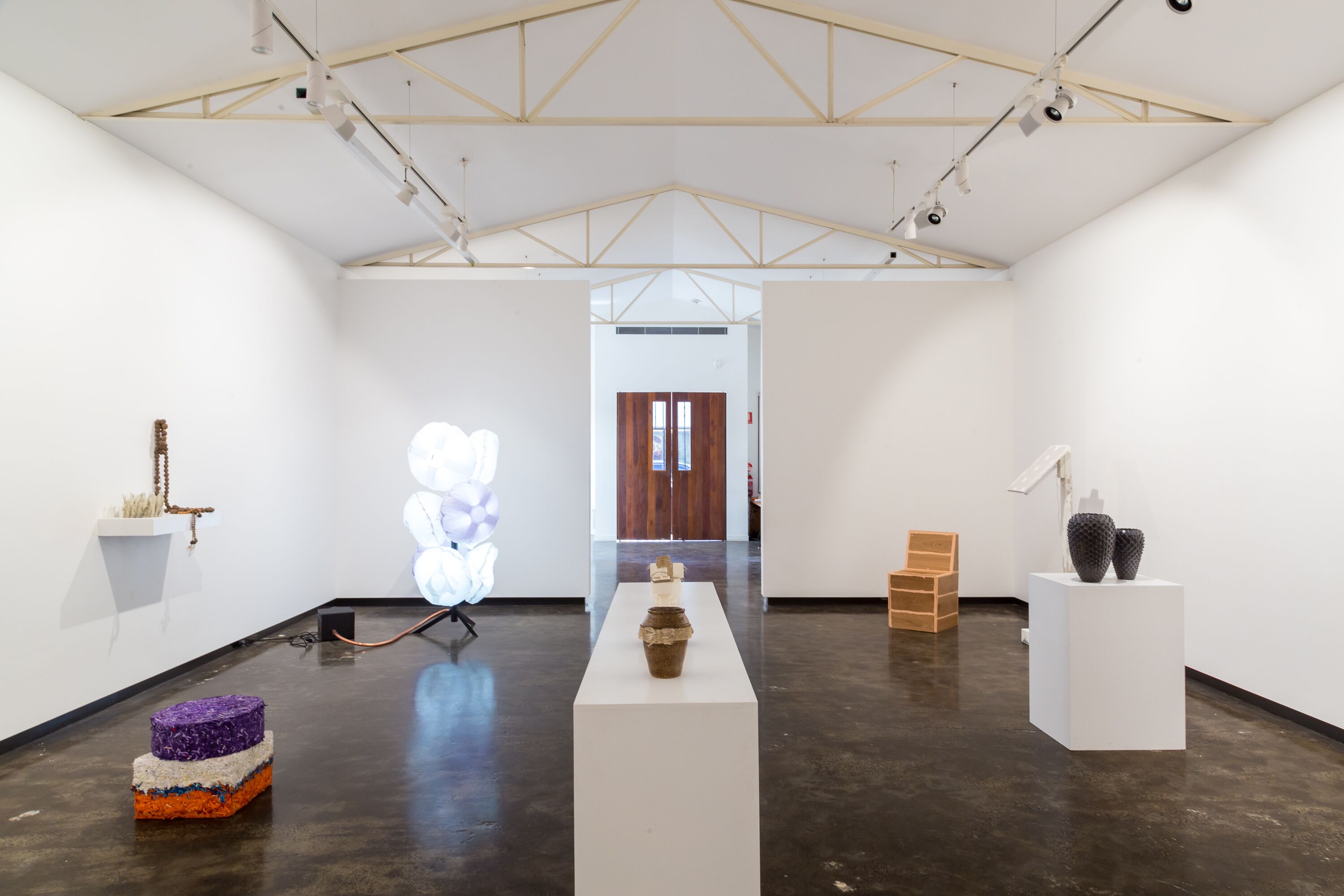
How can design shape the future? Over ten days, Melbourne Design Week 2019 (14-24 March) addresses how experimentation with new materials and disruptive approaches can improve the urban environment and sharpen our social consciousness.
The National Gallery of Victoria forms the event hub, where ‘visitors will have the opportunity to experience pioneering design concepts, hear from world-leading experts and encounter cutting-edge technologies that will help us all consider new and innovative possibilities for the future,’ explains its director, Tony Ellwood AM. Presenting its largest program to date, the expanding state-wide festival includes 47 exhibitions, 16 film screenings, 81 talks, 33 tours and 18 workshops.
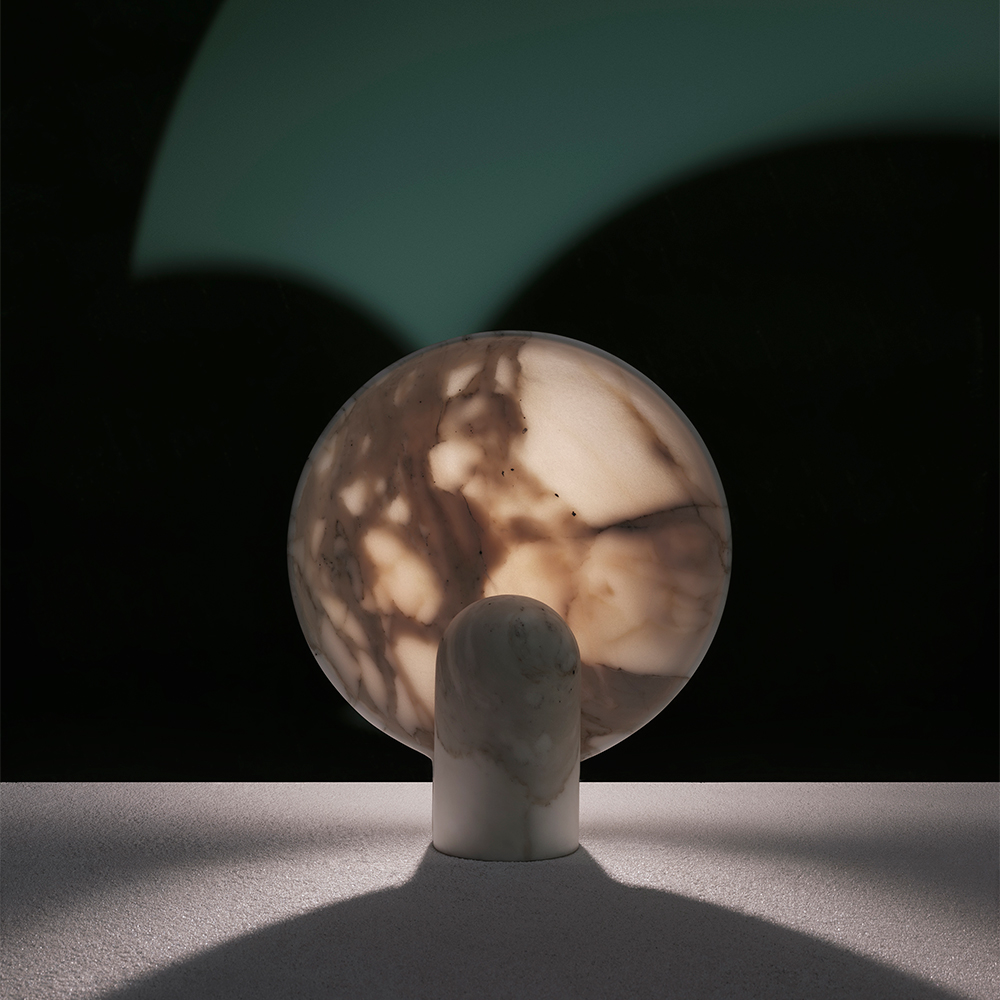
Works by Studio Henry Wilson in ‘Material Thought: exploring material through the work of innovative Australian designers’ presented by Modern Times, a furniture showroom in Fitzroy
Curated by Guy Keulemans, ‘Designwork #3: The Supply Chain’ at Sophie Gannon Gallery challenges leading Australian designers including Henry Wilson and Elliat Rich to address the value of rejected prototypes, and how industrial supply chains are effected by labour offences, environmental crimes and sovereignty. Here, paper artist Benja Harney turns offcuts into furniture, questioning how we can consider waste as a resource, while Luca Lettereiti uses his body as a material to ensure proprietary of the end product.
Showcasing the work of some of Australia’s most innovative furniture, lighting and product designers is exhibition ‘Material Thought’, held within Modern Times, a furniture showroom in Fitzroy. The display counteracts the simplistic and implied categorisation of materials – sustainable/unsustainable, natural/synthetic, handmade/factory-made, recycled/new – providing a platform that critically engages with material, form and use.
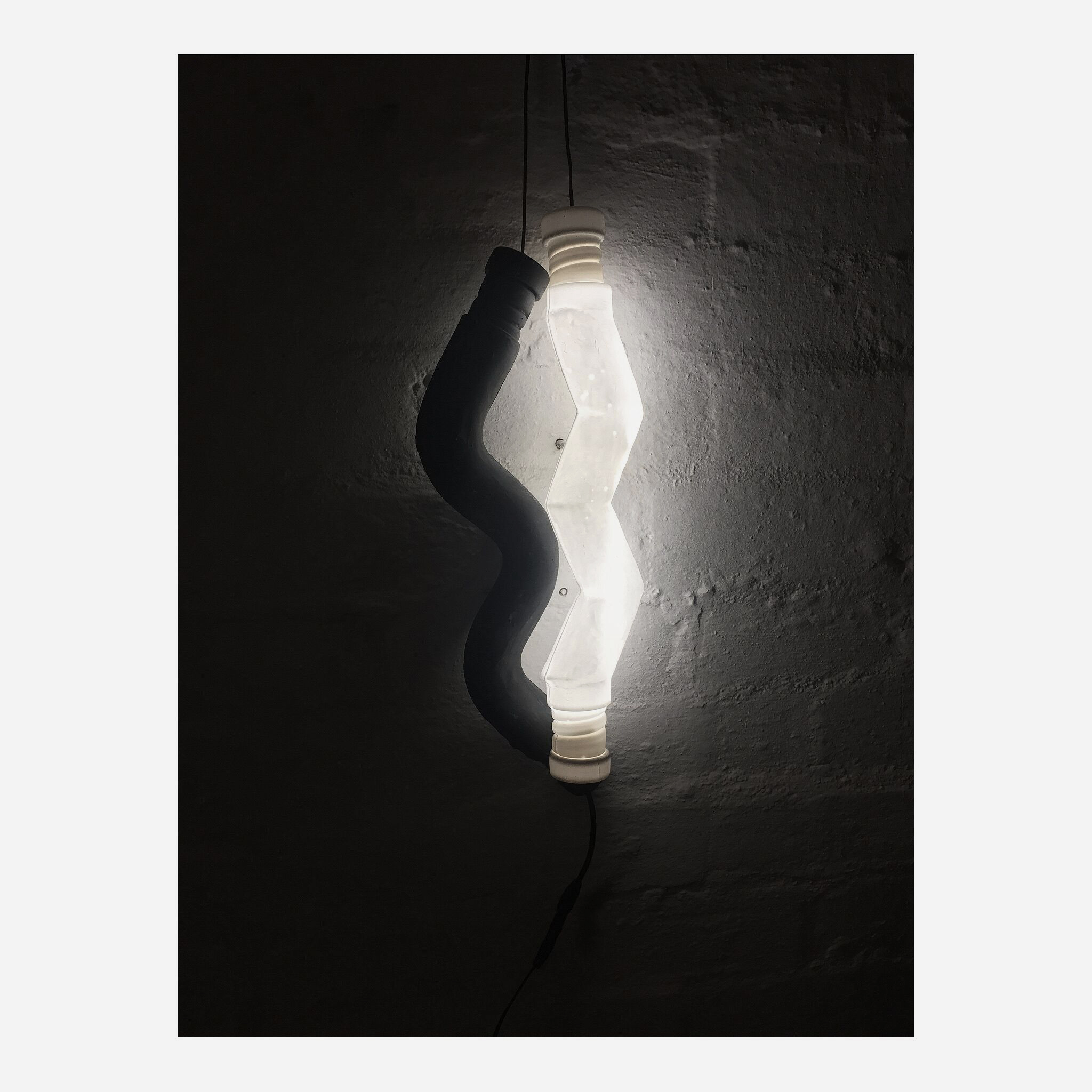
Works by ceramicist and lighting designer Claire Lehmann on view at ethical clothing label ELK
Within the store windows of the ethical clothing label ELK, ceramicist and lighting designer Claire Lehmann realises two connecting shapes from bone china – one black, one opaque. Her designs (influenced by plumbing, air-conditioning, heating and wiring) convey the delicate strength of industrial design, challenging the aesthetics of domestic conventions.
While innovation is a key motivator for designers, the program also explores the benefits of reflecting on past movements. ‘New Haus: 72 Hours’, presented by art and design school LCI Melbourne, showcases furniture, weaving, screen prints, graphic and typography design created during a 72-hour intensive workshop (which visitors can observe). Inspired by the centenary of the influential Bauhaus movement, they devise futuristic adaptations of its successful models.
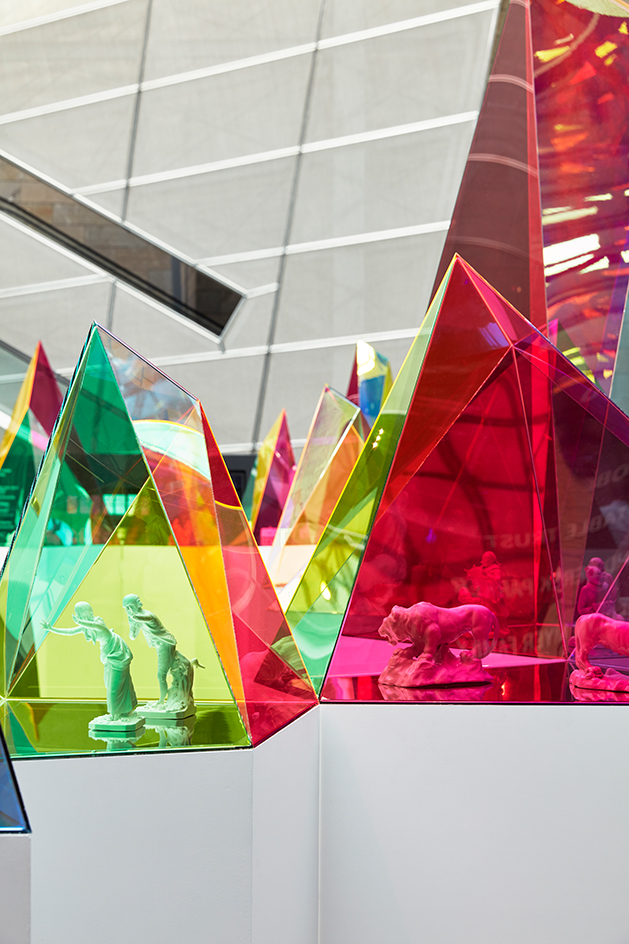
Viewing China by SO-IL at National Gallery of Victoria.
New York-based architectural practice SO-IL, who recently announced their collaboration with Hassell to redesign Melbourne’s arts precinct public spaces (between the NGV, Arts Centre and Southbank), re-contextualise over 50 porcelain objects from the NGV’s Decorative Arts collection. Activating a dialogue between the relevance of the past and contemporary design, they are displayed in geometric vitrines made from coloured dichroic acrylic. ‘It’s about a transition from object to experience, and the power of architecture to act as a mediator in that process,’ explains SO-IL’s co-founder, Jing Liu.
Elsewhere, The Ian Potter Museum presents the first major survey of the renowned Australian sculptor Clement Meadmore’s early career as a furniture and lighting designer. Part of a new wave of Australian design in the 1950s, it eschewed the heaviness of traditional furniture in favour of streamlined forms, new materials and inventive manufacturing.
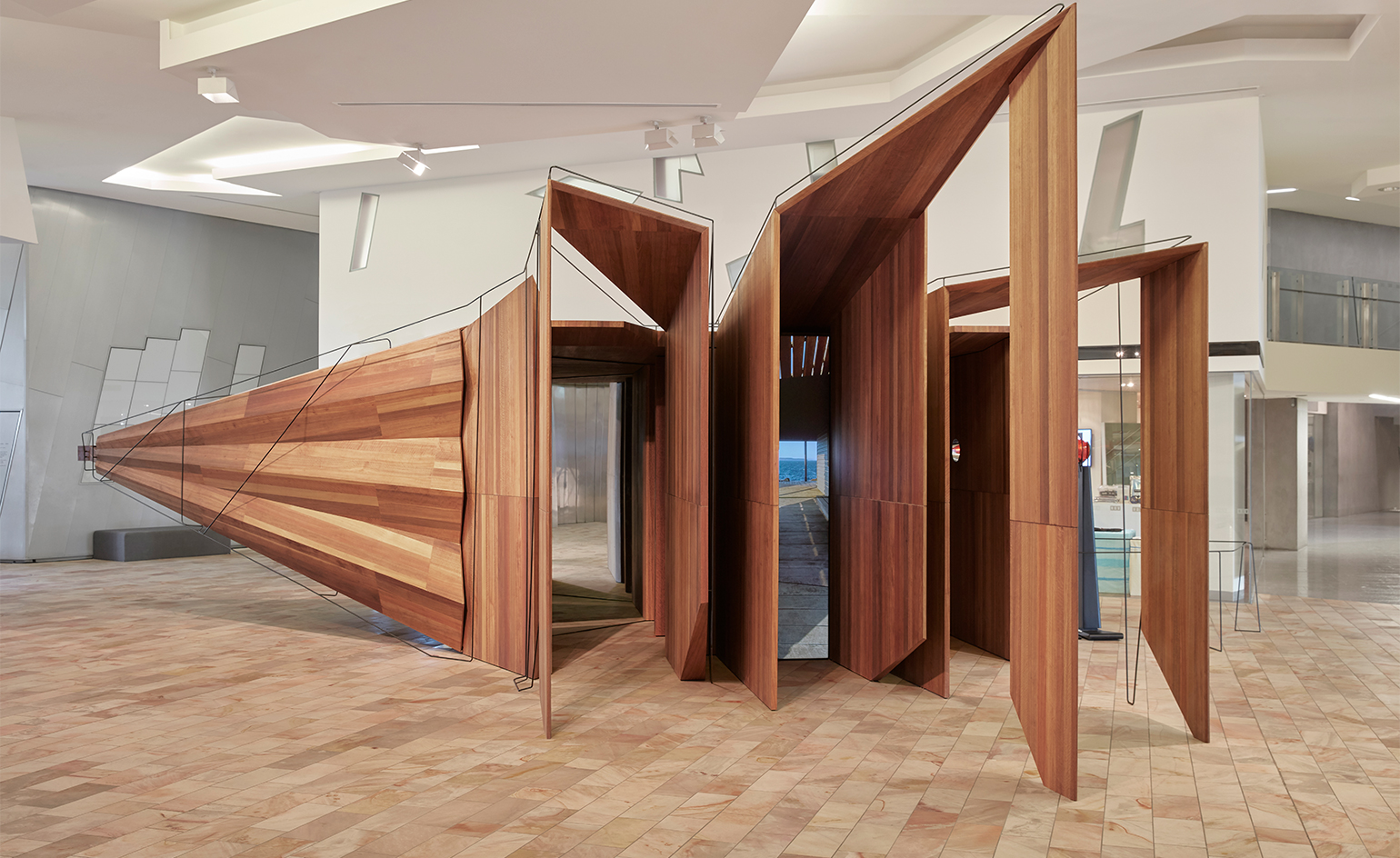
‘Somewhere Other’ by John Wardle Architects originally created for the 16th Venice Biennale of Architecture 2018.
INFORMATION
Melbourne Design Week is on view 14 – 24 March. For more information, visit the website
Wallpaper* Newsletter
Receive our daily digest of inspiration, escapism and design stories from around the world direct to your inbox.
-
 All-In is the Paris-based label making full-force fashion for main character dressing
All-In is the Paris-based label making full-force fashion for main character dressingPart of our monthly Uprising series, Wallpaper* meets Benjamin Barron and Bror August Vestbø of All-In, the LVMH Prize-nominated label which bases its collections on a riotous cast of characters – real and imagined
By Orla Brennan
-
 Maserati joins forces with Giorgetti for a turbo-charged relationship
Maserati joins forces with Giorgetti for a turbo-charged relationshipAnnouncing their marriage during Milan Design Week, the brands unveiled a collection, a car and a long term commitment
By Hugo Macdonald
-
 Through an innovative new training program, Poltrona Frau aims to safeguard Italian craft
Through an innovative new training program, Poltrona Frau aims to safeguard Italian craftThe heritage furniture manufacturer is training a new generation of leather artisans
By Cristina Kiran Piotti
-
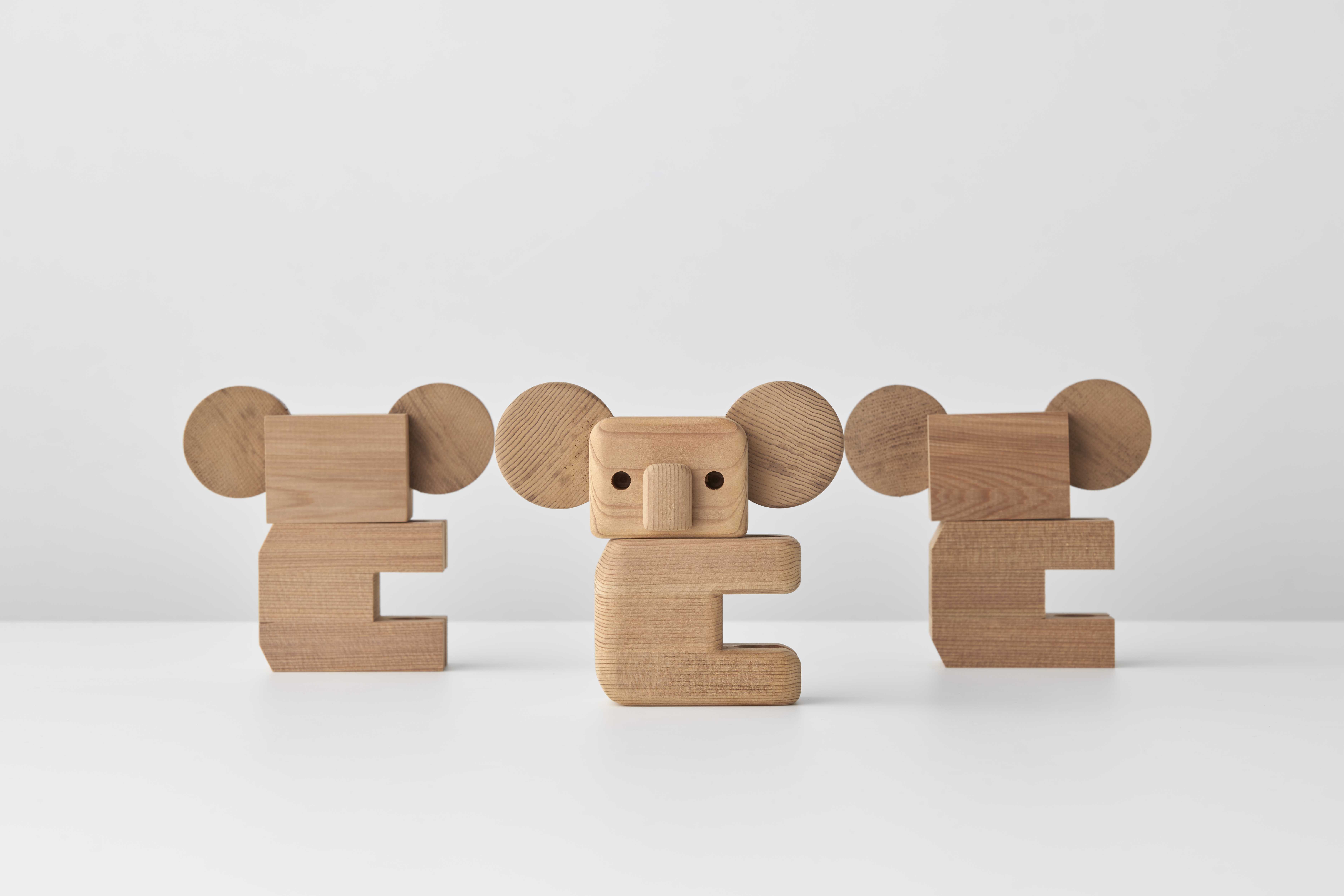 9 things to see at Melbourne Design Week 2023
9 things to see at Melbourne Design Week 2023Melbourne Design Week 2023 (18 – 28 May 2023) follows a theme of ‘Design The World You Want’
By Elias Redstone
-
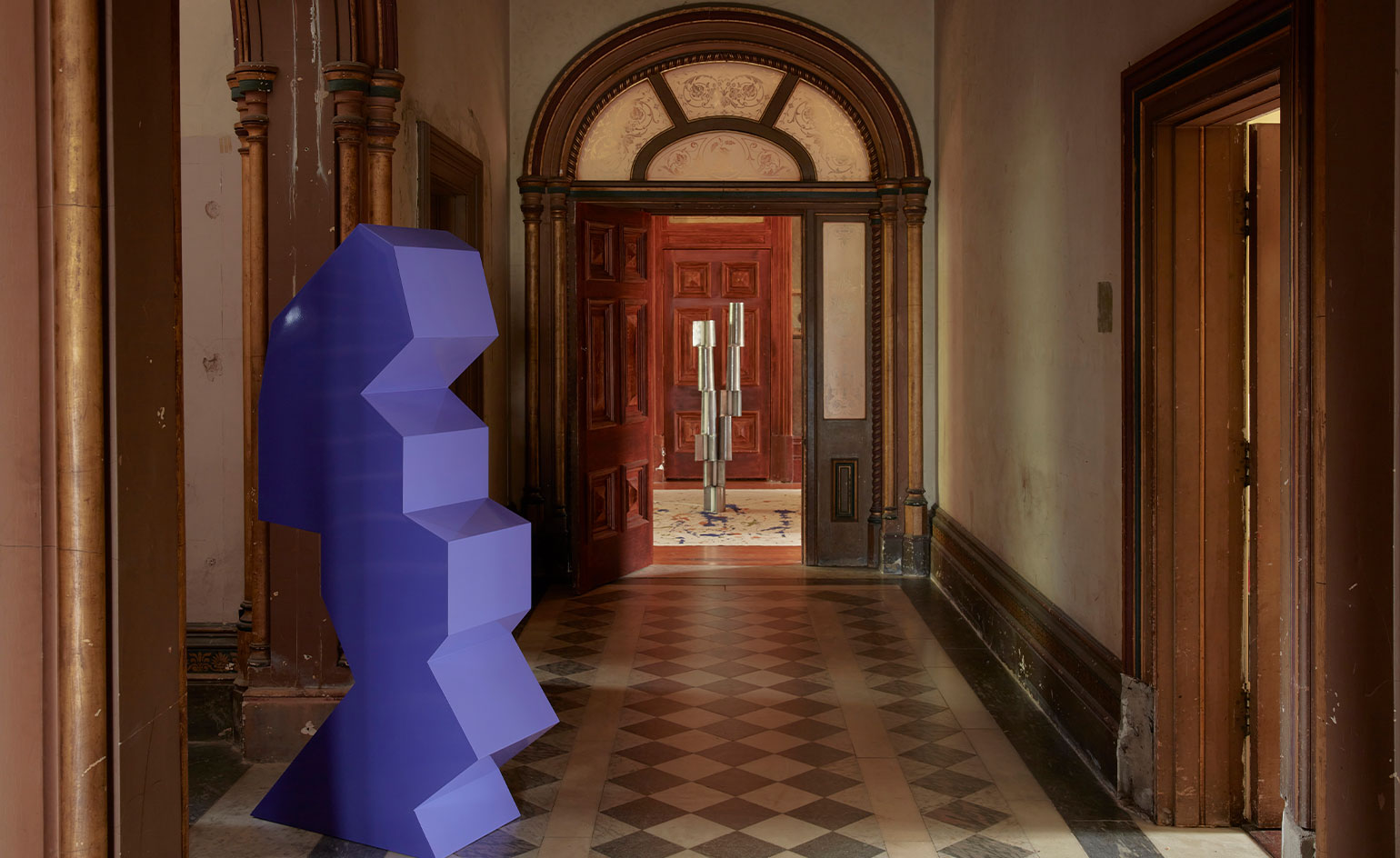 Discover Melbourne Design Week 2022
Discover Melbourne Design Week 2022Discover the best of Melbourne Design Week 2022, from thematic exhibitions to the first design fair in the city, to talks and events
By Elias Redstone
-
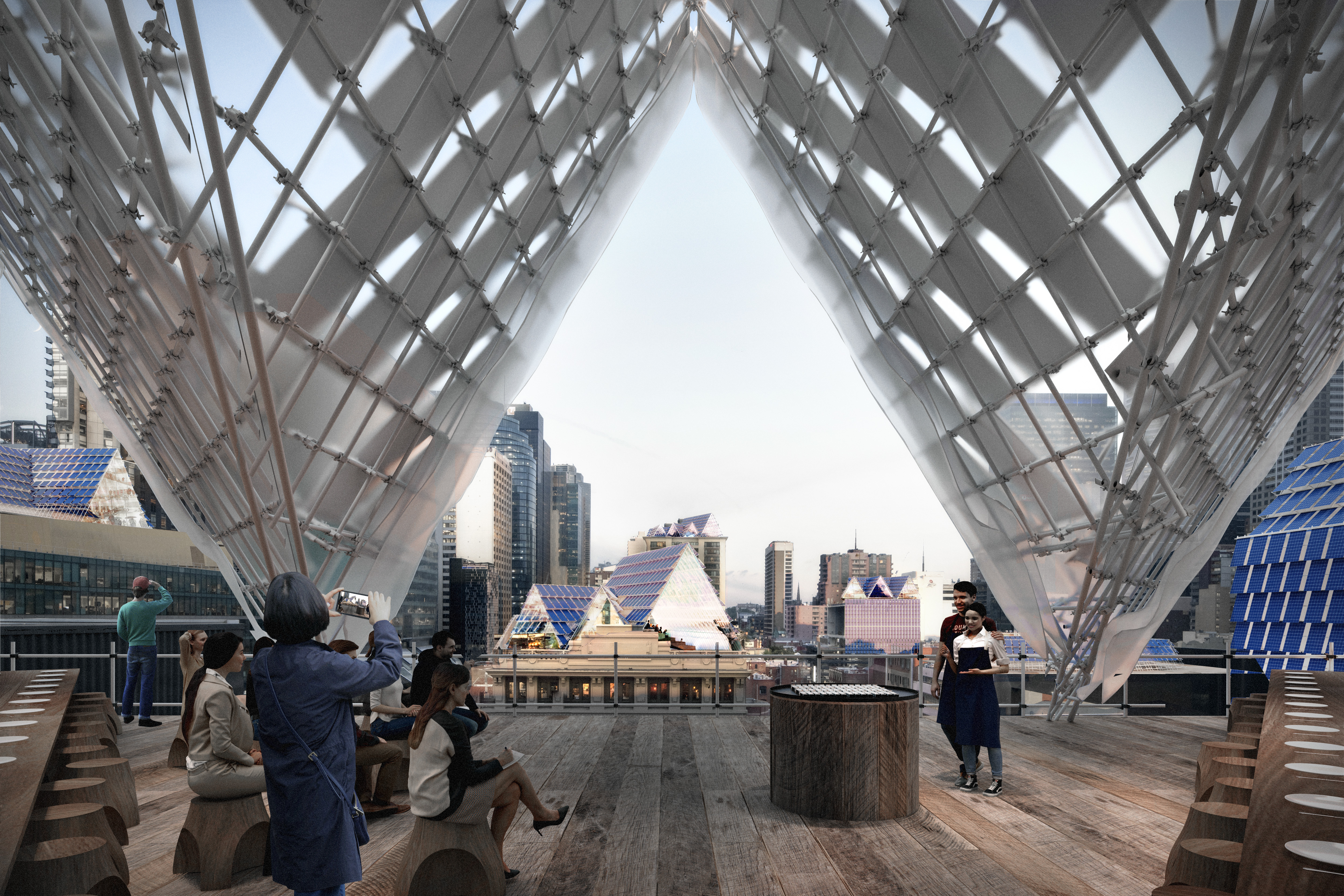 Melbourne Design Week returns for 2021 edition
Melbourne Design Week returns for 2021 editionNow in its fifth consecutive year, Melbourne Design Week (26 March – 5 April 2021) returns with a multi-site program of design activations and provocations under a compelling theme: ‘Design the world you want’
By Elias Redstone
-
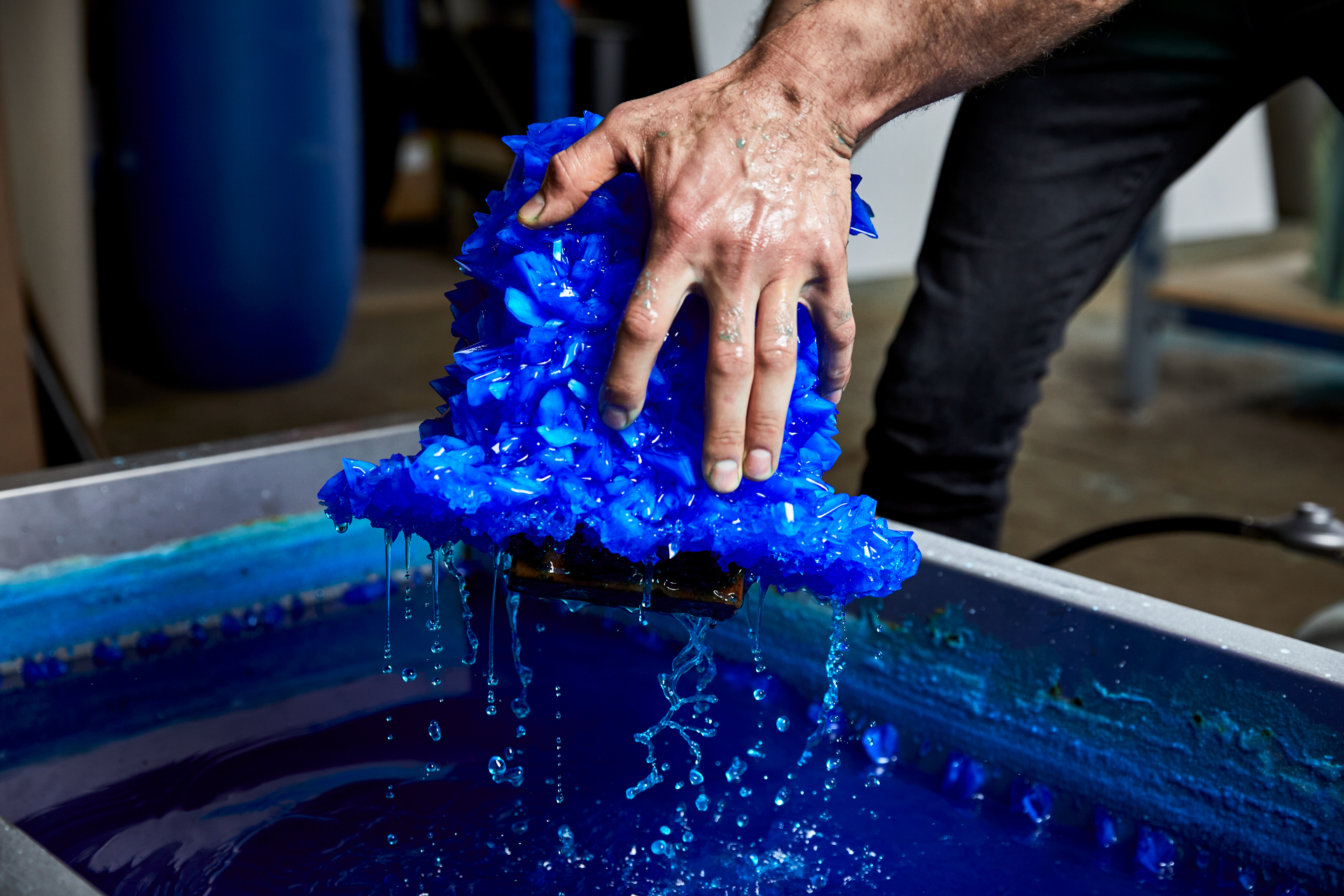 Melbourne’s NGV Triennial presents a radical design re-think
Melbourne’s NGV Triennial presents a radical design re-thinkCombining design ingenuity with scientific research, these global designers have created new materials and methods that can change the way we build our architectures and produce our objects, and through their project they raise awareness towards global ecological issues
By Rosa Bertoli
-
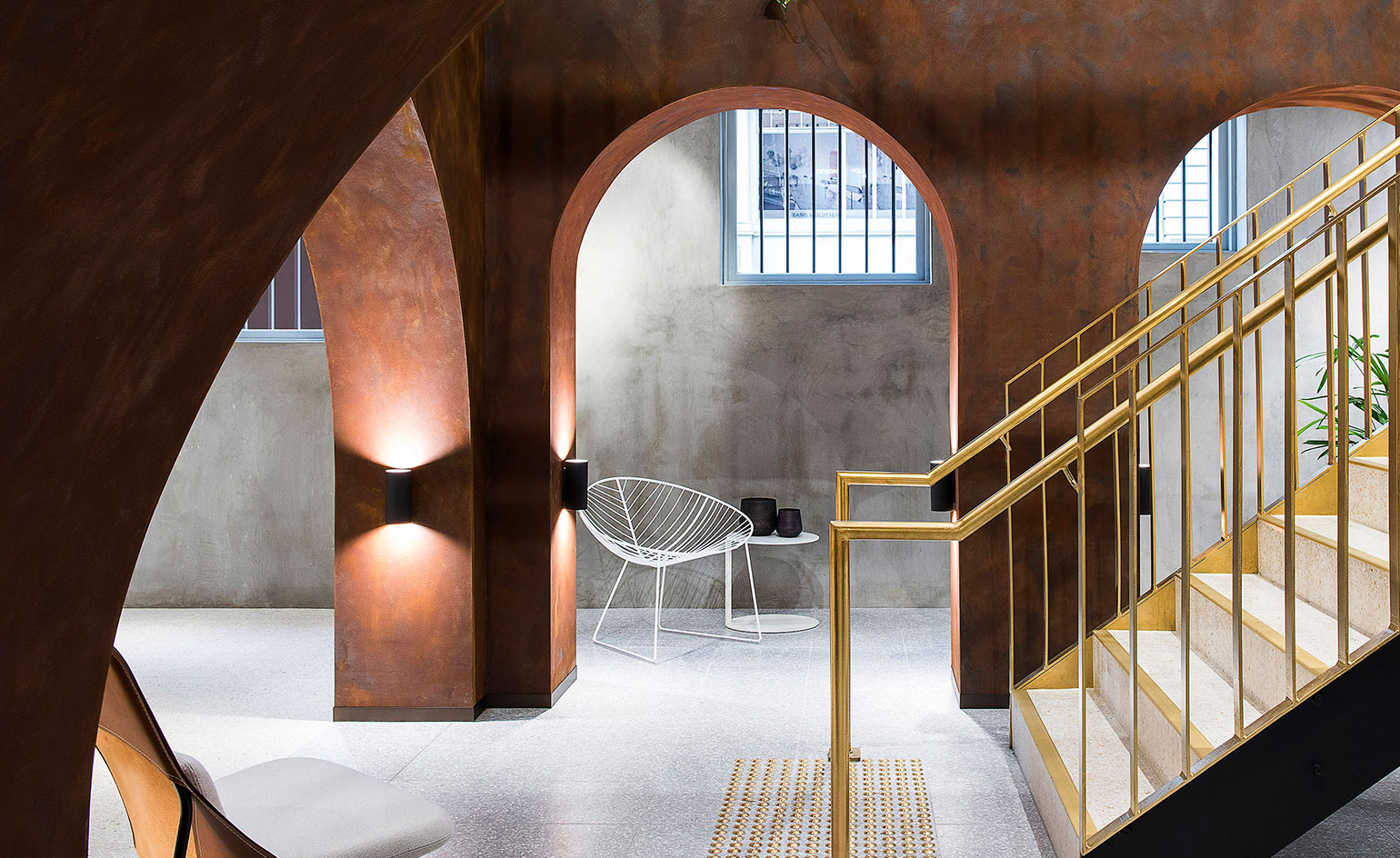 Melbourne Design Week asks ‘How can design shape life?’
Melbourne Design Week asks ‘How can design shape life?’Our edit of exhibitions to see at Melbourne Design Week 2020
By Dimity Noble
-
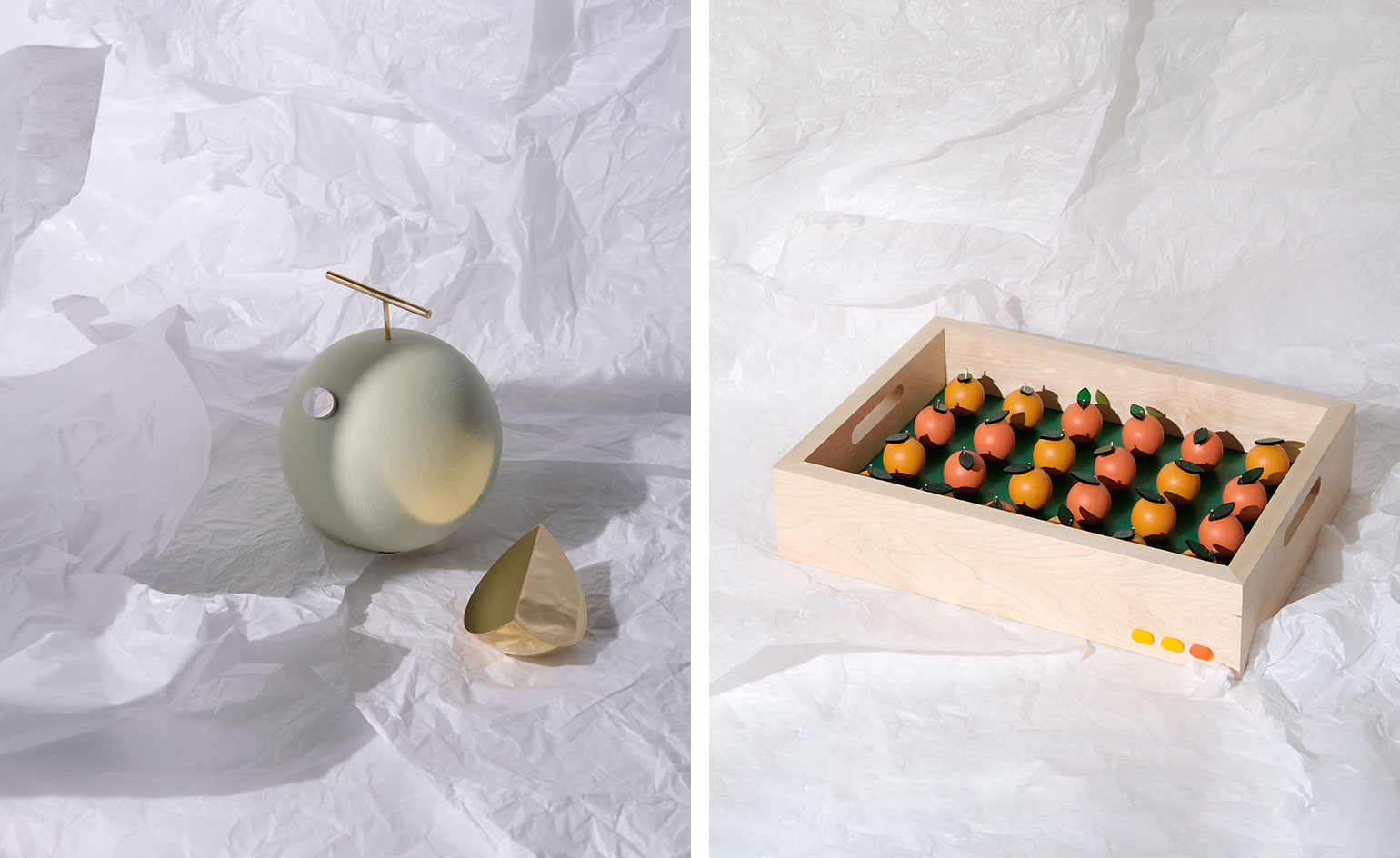 Everyday packaging gets reframed by Daniel Emma
Everyday packaging gets reframed by Daniel EmmaPutting the power back into packaging with industrial design studio Daniel Emma’s invesigative models at Hugo Michell Gallery
By Sujata Burman
-
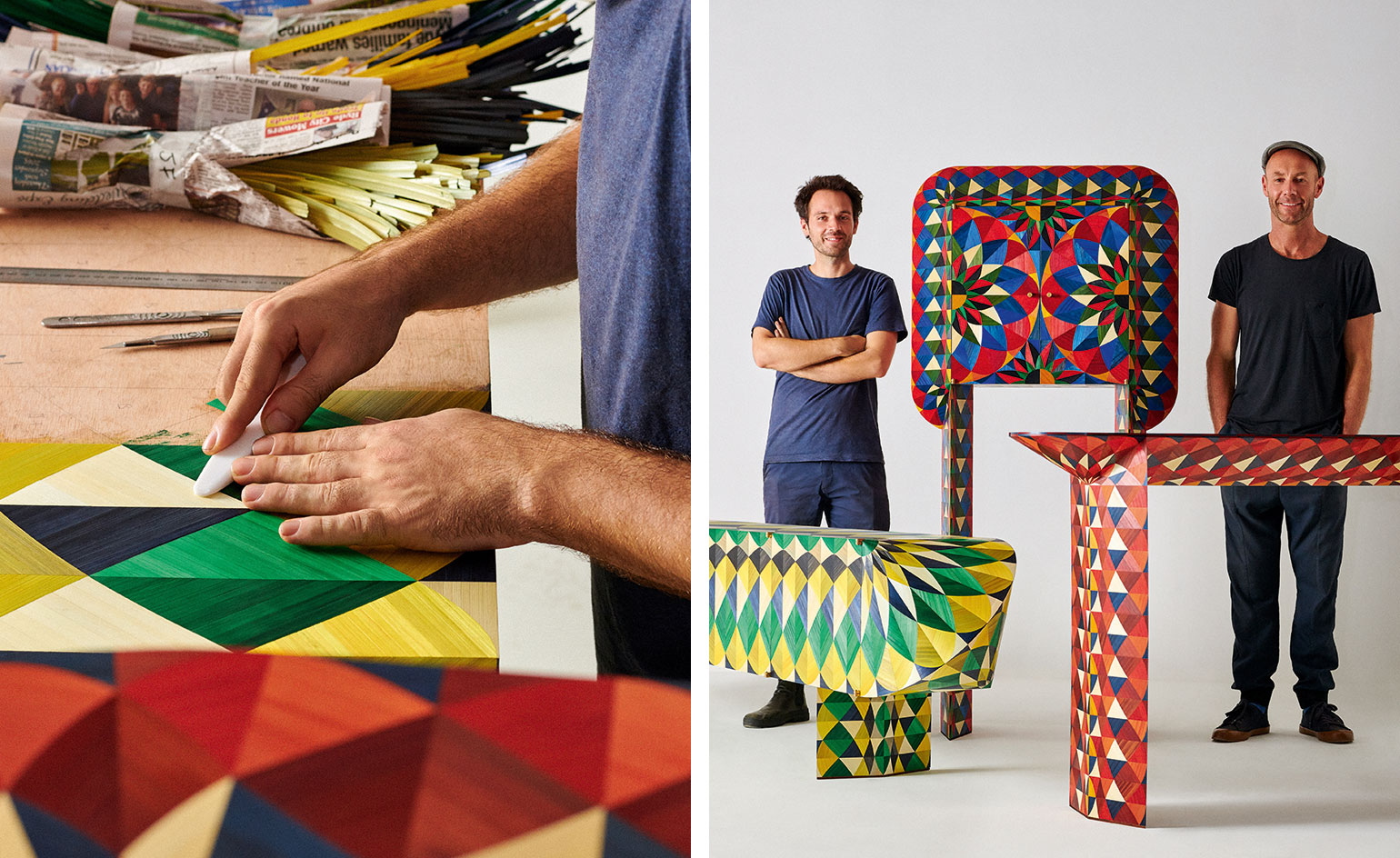 A Surrealist parlour game inspires these new marquetry pieces
A Surrealist parlour game inspires these new marquetry piecesThree new marquetry pieces by Adam&Arthur, inspired by a Surrealist parlour game, make their debut at Melbourne Design Week this week
By Dimity Noble
-
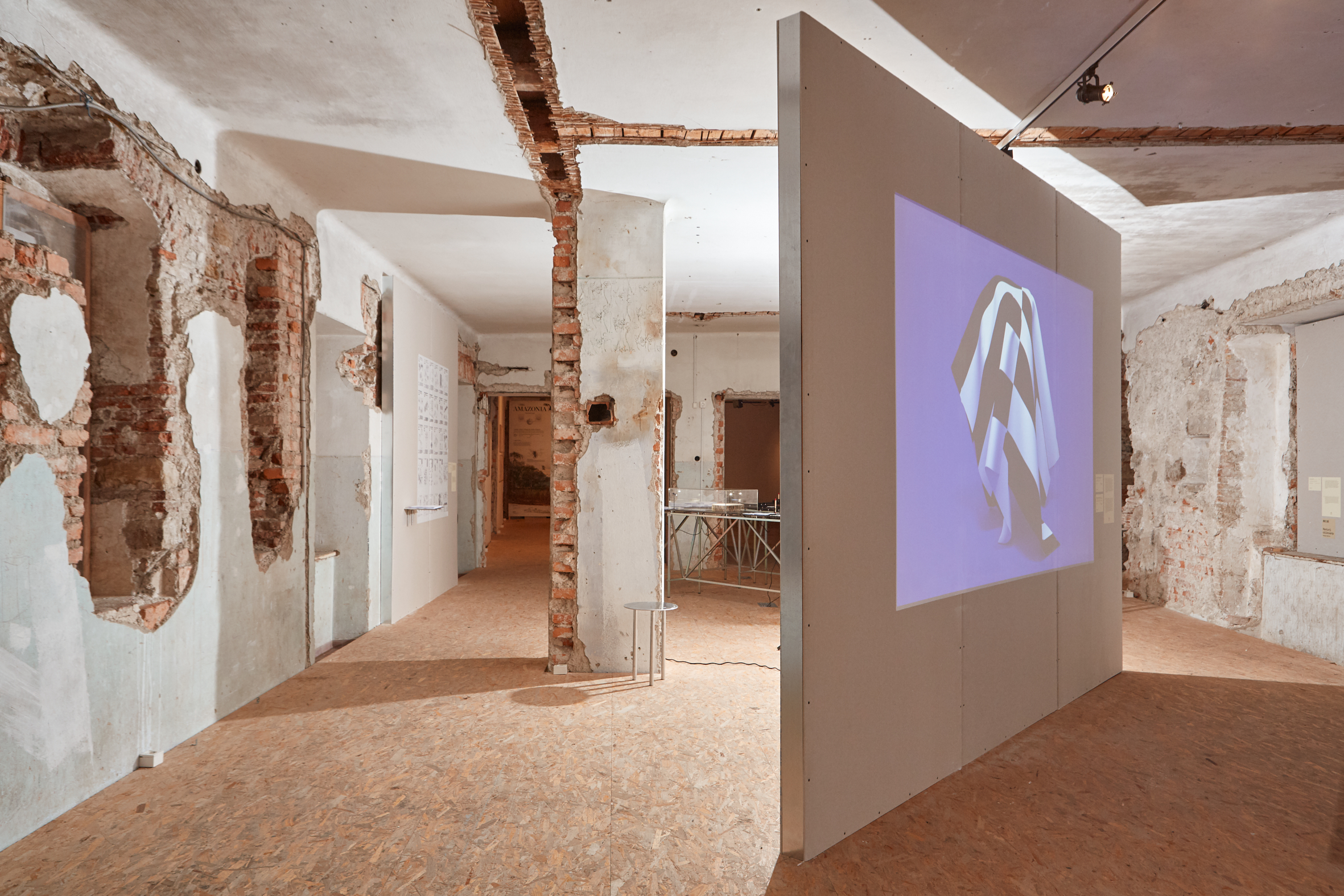 Assessing the pitfalls and potentials of the information age
Assessing the pitfalls and potentials of the information ageThe world’s longest running Biennial of Design in Ljubljana questions data, fake news, AI in the post-truth era
By Laura May Todd